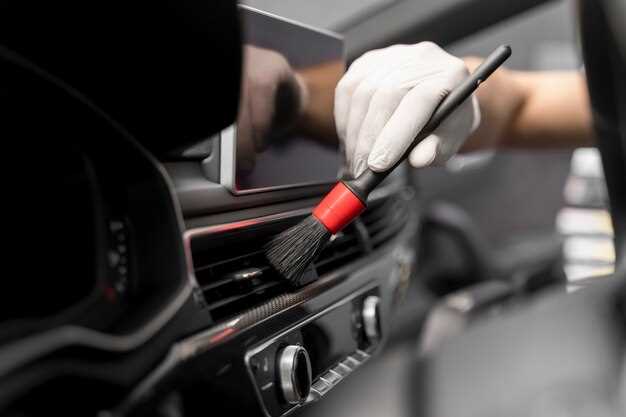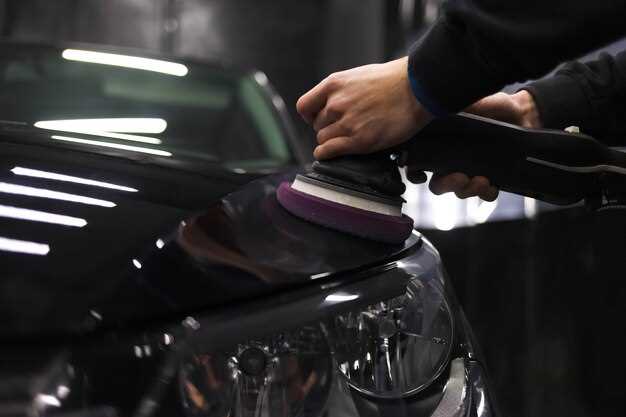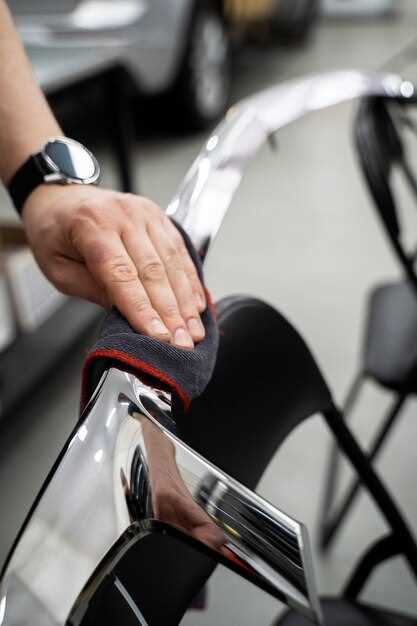
Maintaining a vehicle goes beyond regular oil changes and tire rotations; it requires a thoughtful schedule for polishing to ensure your car remains in optimal condition. Car care is not merely about preserving aesthetics; it also plays a significant role in protecting the vehicle’s paint and underlying surfaces from environmental damage. Understanding how frequently to polish your car can lead to better longevity and performance.
Many car owners underestimate the importance of a consistent polishing routine. Regular polishing not only enhances the appearance of your vehicle, giving it a showroom shine, but also creates a protective layer that shields against harmful elements like UV rays, dirt, and pollutants. This proactive approach to car care can prevent costly repairs down the line and keep your vehicle looking its best.
The ideal frequency for polishing your car often depends on various factors, including your local climate, driving habits, and the type of wax or polish used. Whether you’re an avid enthusiast or simply looking to maintain your investment, establishing a reliable polishing schedule is crucial for effective car care. In this article, we will explore the best practices for polishing your vehicle and how to determine the right timing for your specific needs.
Understanding Different Types of Car Polish and Their Frequency
When it comes to maintaining the appearance and protection of your vehicle, understanding the different types of car polish available is essential for establishing an effective polishing schedule. There are mainly two categories of car polish: abrasive and non-abrasive. Abrasive polishes contain fine compounds designed to remove surface imperfections such as scratches and oxidation. These types are typically recommended for use once or twice a year, depending on the vehicle’s exposure to environmental factors.
Non-abrasive polishes, on the other hand, are formulated to enhance shine and add a protective layer without significantly removing paint. These products can be safely applied more frequently, often every few months, as part of a regular vehicle maintenance routine. For car enthusiasts seeking the best results, a combination of both types can be beneficial. A deeper polishing treatment with an abrasive polish can be followed by a non-abrasive polish to maintain the vehicle’s shine and protection.
Additionally, the frequency of polishing should also consider the specific paint type and overall condition of the vehicle. For cars exposed to harsher elements, more frequent polishing may be necessary. Establishing a well-planned schedule that incorporates both types of polish can help ensure your car remains in optimal condition, protecting its finish while enhancing its aesthetic appeal.
Signs That Indicate Your Vehicle Needs Polishing

Regular polishing of your car is essential to maintain its aesthetic appeal and protect the paintwork. There are several signs that indicate it is time to schedule a polish for your vehicle.
1. Dull or Faded Paint: If your car’s paint appears lackluster or has lost its shine, it is a clear indication that polishing is needed. Over time, exposure to sun and environmental elements can cause the paint to become dull.
2. Swirl Marks or Scratches: Swirl marks, fine scratches, or other surface imperfections can accumulate on your car’s finish. If you notice these blemishes, polishing can help restore the surface and improve its appearance.
3. Water Beading: A well-polished car will have water bead on its surface. If you notice that water no longer beads or runs off the paint, it may be time for a polish to restore the protective layer.
4. Contaminated Surface: When you run your finger along the paint and feel roughness or grit, it indicates contamination from dust, tar, or industrial fallout. These contaminants can dull the finish, and polishing can effectively remove them.
5. Visibility Issues: If your vehicle’s headlights appear yellowed or hazy, it may not only affect the car’s aesthetics but also impair visibility while driving. Polishing the headlights can significantly improve clarity and safety.
6. After a Major Cleaning: Following a thorough wash and detail, inspecting your vehicle for shine and smoothness is essential. If the shine isn’t satisfactory, scheduling a polish can enhance the overall look of your car.
Paying attention to these signs can help you determine the right schedule for polishing your vehicle, ensuring it remains in pristine condition.
Creating a Personalized Car Polishing Schedule

Establishing a personalized car polishing schedule is essential for maintaining the vehicle’s appearance and prolonging its lifespan. Frequency of polishing depends on several factors, including the vehicle’s usage, storage conditions, and regional climate.
1. Assess Your Vehicle’s Usage
Your driving habits play a significant role in determining how often you should polish your car. If you frequently drive in harsh conditions, such as dusty roads or environments with heavy rainfall, consider polishing more often, perhaps every 1 to 3 months. For vehicles primarily used for short trips or city driving, a schedule of every 4 to 6 months may suffice.
2. Evaluate Storage Conditions
Cars parked outdoors are more exposed to the elements, making regular polishing necessary. If your car is regularly exposed to sunlight, dirt, or environmental pollutants, a more frequent polishing routine will help protect the paint. Conversely, if your vehicle is stored in a garage, you might extend the interval between polishes to every 6 to 12 months.
3. Consider Your Climate
Different climates can significantly affect the frequency of polishing. In areas with harsh winters or intense UV exposure, additional care may be necessary. High humidity can also lead to the accumulation of moisture, which might require more regular polishing to prevent paint damage. Adjust your schedule based on local weather patterns to ensure optimal care.
4. Monitor Your Car’s Condition
Regularly inspecting your vehicle can help you determine when it’s time for polishing. Look for signs of fading, oxidation, or scratches. Maintaining a schedule based on the car’s appearance ensures that you address issues before they become more severe.
By tailoring your car polishing schedule to these considerations, you can ensure that your vehicle receives the proper care it deserves. Regular attention to the polishing routine will not only enhance the aesthetic appeal but will also protect your investment over time.






